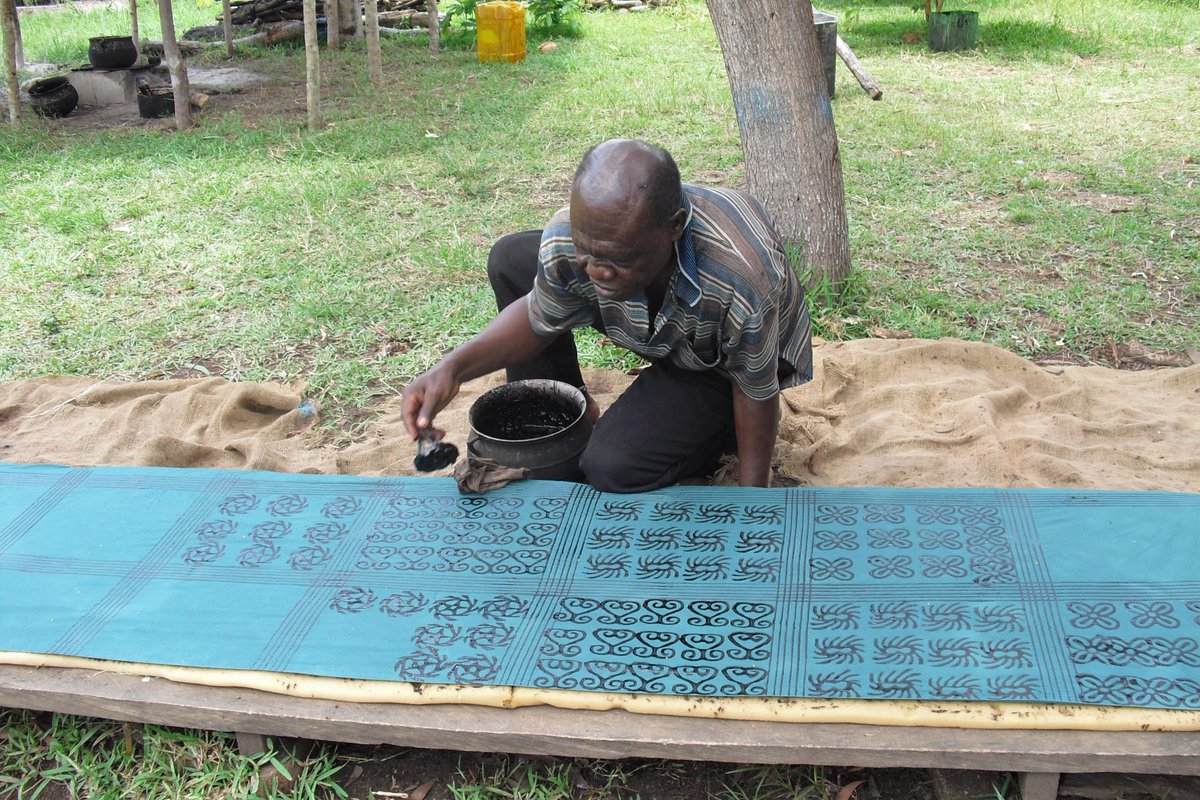Using high tech in circular economies

Driven by interests in humanities and science, Professor Ron Eglash conducts research surrounding “generative justice,” a research framework he has created. Having worked with both indigenous cultures around the world and urban artisans, Eglash observed value in “unalienated” forms, a term coined by Karl Marx. Eglash highlights a problem concentrated around appointing value to a power-bearing figure or corporation and designating it the task of redistribution, rather than distributing value from bottom to top. Thus, he aims to answer, “How do we use high tech to reinstitute circular economic forms?” Now, what is a circular economic form? The concept is defined by three forms of value: labor value, ecological value, and unalienated expressive value. Labor value, as introduced by Marx, is the method of valuing a product simply by the amount of labor used to create it. Ecological value is the value of a product based on its contribution to benefiting the environment. An example of this is organic agriculture. Lastly, expressive value is value generated from the happiness of the individual producing it; it is the value of associating the creator or culture with the product. The “circular” factor has to do with recycling each form of value back into the system.
Based in Rensselaer’s Department of Science and Technology Studies department, Eglash and his team found one of their best examples in African adinkra cloth production. Ashanti people of Ghana produce adinkra cloth to wear for special occasions or ceremonies. The abstract symbols found on the cloth are inspired by observations in nature, and hold significant meaning to Ashanti people. Not only that, but they show logarithmic spirals from horns, plants, and other growth patterns. This cloth is made by hand using stamps and ink, resourced from materials around them. The ink is made from Badie tree, which is boiled in water and thickened. The leftover fibers are planted and used to grow mushrooms. In addition, areas where this tree bark is extracted are protected against deforestation. This process meets all three forms of value previously described. “While I cannot generalize to all adinkra artisans,” said Eglash, “at least the particular group we were with took visible pleasure in their labor: everything from hand carving stamps to weaving the cloth carried a sense of pride and purpose.”
With this experience, Eglash sought out artisans to explore the ways in which high tech can improve value circulation without alienation. Working alongside RPI Professor Audrey Bennett, he has helped locals develop systems to encourage condom use, mitigating AIDS, and supporting reproductive freedom. Solar energy will be introduced this year to replace wood fires in ink production. Eglash and his team have also created Culturally Situated Design Tools. This program is designed to highlight the math and computation behind indigenous traditions, such as adinkra cloth, and teach such patterns to students in STEM. It has been applied to controlled studies in upstate New York. Adinkra cloth is just one of many examples of how we can merge high tech with existing forms of unalienated value to create a liberated circular economy. Eglash and his team are continuously working to spread “generative justice” around the world.
